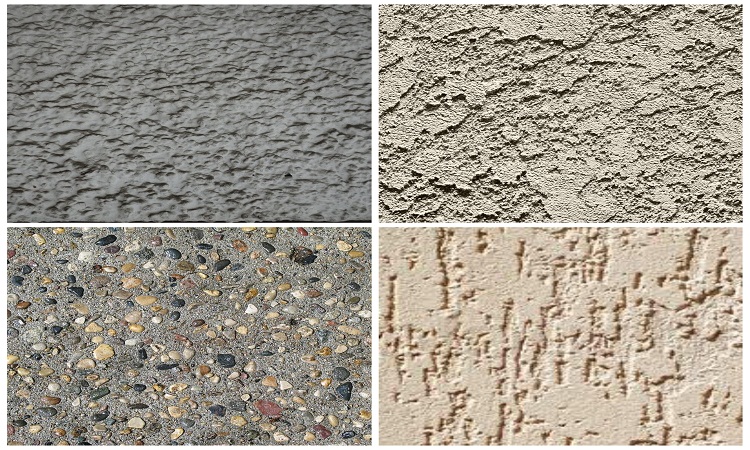Plastering is a process by which coarse or bristly surfaces of the walls and ceiling roofs are changed or rendered or turned to provide smoothness finish. At the beginning of plastering work, wet materials are spread over the brickwork, then suitable equipment is used to make the surface smooth level.…
What is Plastering Work? Plastering Tools and Their Different Uses
Plastering is a process of applying one or more coats of mortar to a concrete surface, brickwork, stone masonry, or lathing. Plaster must be durable such that it resists the penetration of moisture and should be able to weather uniformly. It should also be pleasing in appearance. These properties depend…
What is a Waterproofing Membrane? Different Types of Effective Waterproofing Membrane
A waterproofing membrane is a layer of water-tight material that is laid onto a surface to prevent water leak damage to the building. Waterproofing membranes consist of liquid applied or pre-formed sheet membranes. Waterproofing membrane can be adhered to or installed around the foundations to prevent water penetration. Whether it…
Carbon Fiber Reinforced Polymer – Properties, Applications, Advantages & Disadvantages
What is Carbon Fiber Reinforced Polymer? Carbon fiber reinforced polymer(CFRP) are composite materials that rely on the carbon fiber to provide the stiffness and strength while the polymer provides a cohesive matrix to protect & hold the fiber together and provides some toughness. Carbon fiber reinforced polymer (CFRP) are manufactured…
What is Aluminium Formwork System? Its Advantages & Disadvantages
Aluminium Formwork System or Aluminium Shuttering is invented by the Malaysian company Mivan in 1990. So, it is also called Mivan Shuttering. In Aluminium Formwork System or Aluminium Shuttering, we can cast the whole slab, beam, and column at one go making the unit a composite structure. What is Aluminium…
Bubble Deck Slab – Its types, Principle, Application, Structural Properties, Advantages and Disadvantages
What is Bubble Deck Slab? Bubble Deck is an innovative new technology that replaces a significant percentage of a concrete slab’s mass with hollow or foam filled plastic balls. In technology terms, it creates a voided biaxial slab. The “bubbles” are sandwiched between the top and bottom meshes creating a…
Rain Water Harvesting
Background Many parts of India receive enough rainfall to have clean and drinkable water throughout the year. However, water management in India woefully lacks the capability to store and distribute water properly. Rapid urbanization has accelerated the demand for water. At the cause of depleting rainfall and groundwater levels. It’s…
Precast Housing Technology
Abstract This article describes the precast housing solution developed for rural and semi-urban places in India with the available limited resources and skills. The sole objective was to provide good quality, economical housing solutions to an individual housing builder fulfilling all his needs. This article also addresses the alternative building…








